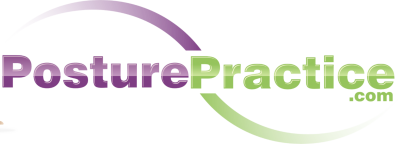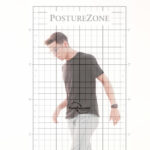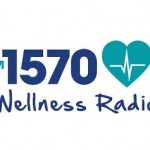Interplay of Posture, Malocclusion, and Airway
I. Impact of Malocclusion on Posture
In the realm of orthodontics, a profound understanding of the intricate relationship between malocclusion, airway issues, and posture is crucial for comprehensive diagnosis and treatment planning. By utilizing modern posture assessment tools, dental professionals can effectively evaluate patients for potential airway and occlusion-related concerns.
Malocclusion, characterized by misalignment of the teeth and jaws, significantly influences a patient’s posture. Interferences in the bite can strain facial muscles, which, in turn, transmit tension to the muscles at the back of the head, affecting the cervical vertebrae. These imbalances and tensions can contribute to postural issues. To evaluate the symmetry of the face, neck, and shoulders accurately, incorporating a posture grid during orthodontic case photography proves valuable.

II. The Role of Airway in Posture and Malocclusion
Airway issues often go unnoticed in orthodontics despite their impact on posture and malocclusion. Children with airway problems may experience compromised nasal breathing, leading to insufficient oxygen supply to the midface during critical growth periods. This inadequate growth can result in crowding and malocclusion, contributing to alignment issues. Recognizing the correlation between airway obstruction and malocclusion development is vital for dental professionals in understanding subsequent posture abnormalities.
While malocclusion typically affects posture, it is essential to acknowledge that posture can also influence malocclusion. Structural deviations in the spine exert forces that pull the head in specific directions, impacting the masticatory muscles and potentially leading to malocclusion. This bidirectional relationship underscores the need for a comprehensive understanding of the intricate connections between posture, malocclusion, and overall oral health.

To produce reliable images of posture assessment during routine and follow-up dental exams, it’s recommended to procure a posture grid and strategically install it in an accessible area where patients can comfortably stand against it. Placing the grid in a dedicated corner of the examination room or near the photography setup ensures its consistent usage. Dental professionals can document the posture assessment by taking standardized photographs of patients standing against the grid. These photographs capture the symmetry of the face, neck, and shoulders, providing valuable visual evidence for evaluating posture-related concerns and facilitating comprehensive treatment planning.
Comprehensive Team Approach
Collaboration among dentistry professionals is essential for the comprehensive management of malocclusion, airway concerns, and posture issues. In addition to orthodontists and general dentists, pediatric dentists, oral and maxillofacial surgeons, prosthodontists, periodontists, oral medicine specialists, sleep medicine specialists, ENT specialists, and physical therapists specializing in orofacial, craniofacial and speech therapy play crucial roles in this team approach.
Speech therapists, specializing in communication disorders, including articulation and oral motor skills, often contribute to the collaborative approach in managing these issues. By working closely with dentistry professionals, speech therapists help address speech and swallowing difficulties that may arise as a result of these conditions, ensuring a comprehensive treatment plan that encompasses functional, aesthetic, and communication aspects.
By working together, these professionals provide the necessary expertise, interdisciplinary knowledge, and integrated care to address the multifaceted nature of malocclusion, airway issues, and postural abnormalities. Through this collaborative effort, patients’ oral health and overall well-being can be effectively improved.
Resources:
- Posture grids commonly used with speech language therapy practices are available from BodyZone and PostureZone. These companies work with therapists, pathologists and hospitals worldwide providing posture related supplies.























